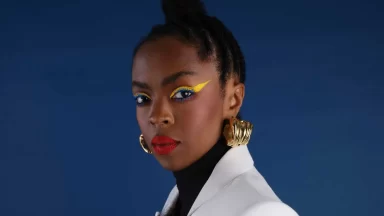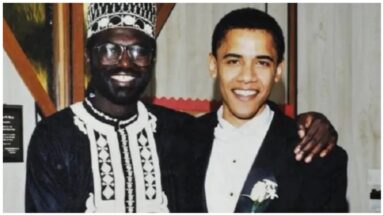By Victor Omondi
Majority of us wanted every Cabbage Patch Kid doll when they first came out in the mid-’80s. Several people imagine they were equal to today’s American Girl Dolls that go for roughly $40 each.
The dolls were one of the popular gifts for Christmas that year, with parents lining up at toy stores in the hopes of snagging one and rioting over it to ensure their children’s holiday dreams were satisfied.
It was difficult to find one, especially one that was black.
Jiquanda of Black Like Us says that about a week before Christmas, her mother confided to her that she was having trouble finding a black one. “Mama did not purchase any white dolls,” she said. “I was devastated.”
Jiquanda was about ten years old at the time. Her mother had previously emphasised to her only a few times that she didn’t buy white dolls. But she didn’t comprehend as a child, and she wasn’t allowed to dispute her mother’s authority.
Jason Van Dyke, Ex-Cop Who Murdered Laquan McDonald, Released From Prison
“As I look back at colorism and how it impacted little Black girls, I completely understand why my mother was adamant about me having dolls that looked like me,” stated Jiquanda.
After Jiquanda had her daughter, this idea became further clearer. She wanted her daughter to know that she was beautiful, so she worked hard to boost her self-esteem despite what the media told her. Jiquanda job was nowhere near as difficult as her mother’s. The obstacles Jiquanda had as an infant in the 1970s were vastly different from those her daughter would confront over 30 years later.
Jiquanda ensured her daughter didn’t have white dolls for the first seven years of her life. She wouldn’t let her believe that white dolls were beautiful or better than her brown-faced babies, because she didn’t want her to believe that white people were prettier or better than Black people.
Source: I Now Understand Why My Mother Wouldn’t Buy White Dolls, Says Jiquanda



Recent Comments